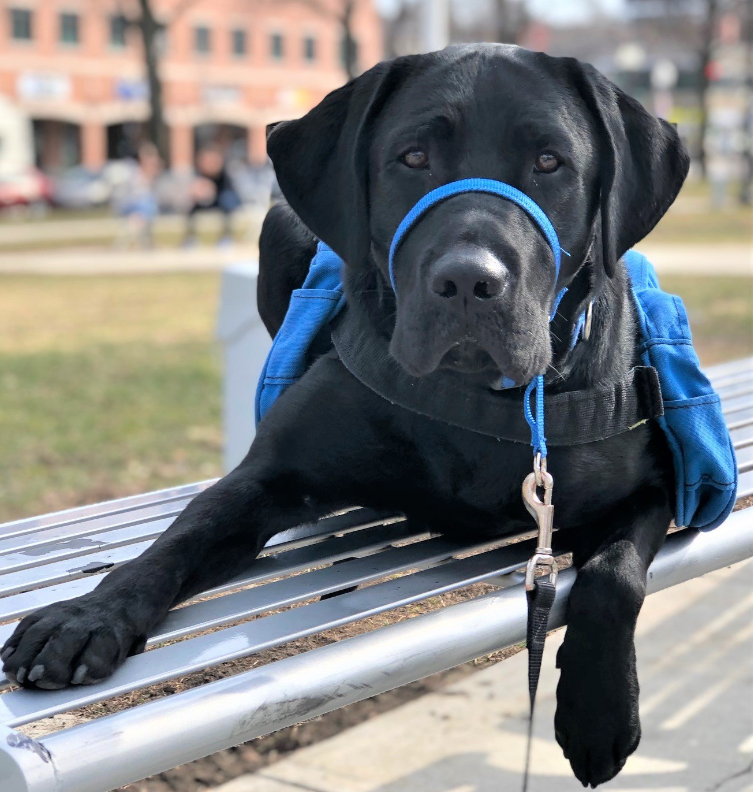International Assistance Dog Week
August 2, 2020
It’s International Assistance Dog Week, and NEADS is helping raise awareness and educate about these amazing dogs by answering our most frequently asked questions about Service Dogs. You can help by sharing with others.
Q #1: How does a Service Dog help someone?
A: Service Dogs learn to perform 50 to 60 tasks and commands which can then be used in many ways to help, depending on the person’s specific need.
Some examples: A Service Dog can flip a light switch on or off, push elevator buttons, open doors, and retrieve items like a dropped cell phone or medication from the refrigerator. A Service Dog for Hearing can alert its partner to sounds like a knock on the door, a smoke detector alarm, an alarm clock, a car horn, and their name being called.
Q #2: What’s one way I can tell if it’s a Service Dog?
A: Service Dogs are not required to wear vests or have IDs, but one of the best ways to tell if a dog is a Service Dog is how well it behaves in public. In addition to learning to perform 50 to 60 tasks to help with a disability, a Service Dog is trained to be quiet and unobtrusive unless performing that specific task work. Huxley and Charlie are showing you their best restaurant behavior. It is also trained to walk on a leash without pulling or straining, ignore distractions, and not bark unless asked to speak.
Q #3: Do Service Dogs and Service Dogs for Hearing have the same public access rights as guide dogs for people who are blind?
A: Yes. The Americans with Disabilities Act (ADA) recognizes Hearing and Service Dogs as vital tools for the deaf or hard of hearing and those with a physical disability. People with Hearing and Service Dogs are granted full access to all places of public accommodation.
Q #4: How long does it take to train a Service Dog, and what’s the process?
NEADS invests 18-24 months to train a Service Dog from puppyhood through training and placement. Most NEADS Service Dogs are raised in correctional facilities through our Prison PUP Program. The dogs live with inmates in MA and RI prisons Monday through Friday, and our fabulous volunteer Weekend Puppy Raisers take the puppies out of prison each weekend to work on house manners, socialization, and maintaining obedience. NEADS trainers also work with Service Dogs in Training. Read about a training trip NEADS trainers recently took to the city of Leominster here.
Other Service Dogs in Training live full-time with dedicated volunteer puppy raisers for 12 to 16 months. Full-time Puppy Raisers are responsible for socialization and basic obedience training. The dog is then moved into a prison facility to finish its Service Dog training, which includes advanced obedience and task work.
Q #5: Can I pet, feed, or talk to your Service Dog?
A: Always ask the owner before approaching a Service Dog. Any form of distraction can be disruptive to their working relationship.
Curious to know what type of Service Dog career you would be best suited for? Maybe you are most like a Service Dog working with someone with physical disabilities. Or a Service Dog for someone who is deaf or hearing impaired. Or would you be best-suited working alongside a counselor, or a professional in the ministry, classroom, hospital, or courthouse, helping other people? Try our quiz to reveal your inner Service Dog personality.

